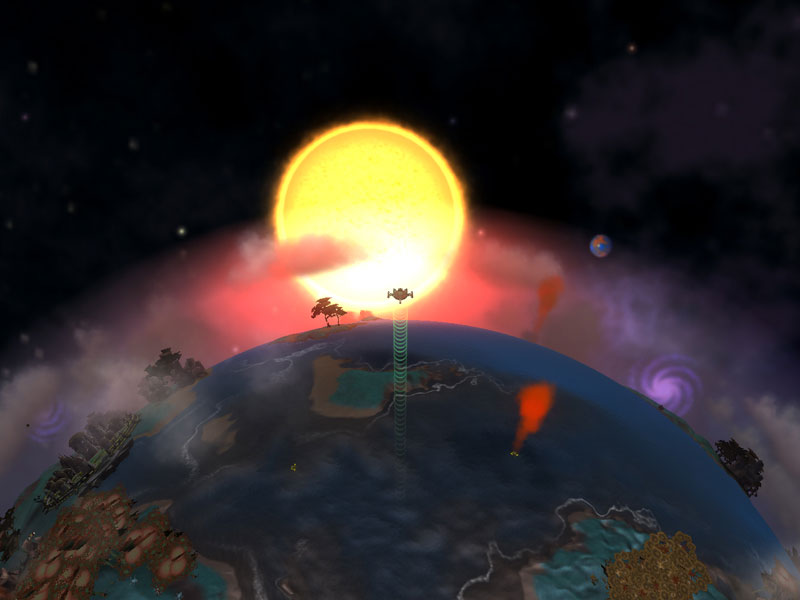

A rigblock is an individual, hand-crafted body-part that can be snapped onto your creature. While metaballs are good for defining the general shape and structure of the creature, the more complicated pieces – hands, mouths, spikes, etc, were created using rigblocks. You can also shrink or grow individual metaballs to make parts of the creature fatter or thinner. As you stretch the limbs or spine, more metaballs get added to ensure a smooth, continuous surface. In the Spore Creature editor, metaballs are used for the main body and limbs of the creature. When the metaball is alone this surface looks like a sphere, but when two metaballs get close, their functions get added together, which is why their two surfaces get merged into one. While I won’t go into all the technical details here, the basic idea is that each metaball has a function associated with it that defines the surface of the metaball. Metaballs, on the other hand, are what is called an “implicit surface”, which means it is defined by a mathematical function, rather than points in space. Your standard 3D model is what is called a “mesh”, and it is defined by a bunch of points in 3D space, connected by edges. Metaballs are interesting because they work differently than most 3D models do. What is a metaball? It’s basically these gloopy 3D balls that join together when they get close to each other. This challenge was accomplished in 2 main ways – using Metaballs, and Rigblocks. The challenge was finding an interface that allowed players with no prior experience to easily create reasonable looking creatures, while still allowing a huge range of possible designs. The other extreme would be to simply use pre-made models, which is what most games do.
SPORE CREATURE CREATOR SPECIAL HOTKEYS PROFESSIONAL
However, anybody who’s used these types of tools can tell you that there is a pretty steep learning curve, and most players aren’t professional 3D modelers. On the one hand, they could have simply shipped a full-blown 3D modeling tool like Blender or Maya with the game, and let players create anything their minds could think of. Getting this to work was a challenge from both a game-design standpoint, and a technical one.įrom a game-design perspective, the designers had to find a balance between two extremes. Without further ado, let’s get started.įirst, let’s take a look at modeling – the creature creator allows players to sculpt a huge variety of creatures, from simple worms to incredibly complex, realistic monsters with hundreds of separate components. Basically, this video was really difficult to make, so if you could leave a like, comment, share, or subscribe to this channel, I would really appreciate it. That’s because a lot has happened while I’ve been working on this video, including moving to a new apartment, getting Covid, discovering a blood clot in my lungs, and having a minor existential crisis. But how does any of this actually work? Let’s find out by exploring the modeling, texturing, and animation of the player created creatures in Spore.īefore we get started, some of you may have noticed that it’s been a while since I’ve posted on this channel. Spore’s creature editor lets players craft custom creatures that they can actually control as playable characters in the game. In Spore, players can guide the evolution of a species of creatures from the cell stage to a galactic civilization, but the part of the game that stands out the most to me, and I think most players, is the creature creator. Let’s talk about Spore – the 2008 life simulation strategy game made by Maxis Studios and designer Will Wright. What’s up designers, and welcome back to Rempton Games.


 0 kommentar(er)
0 kommentar(er)
